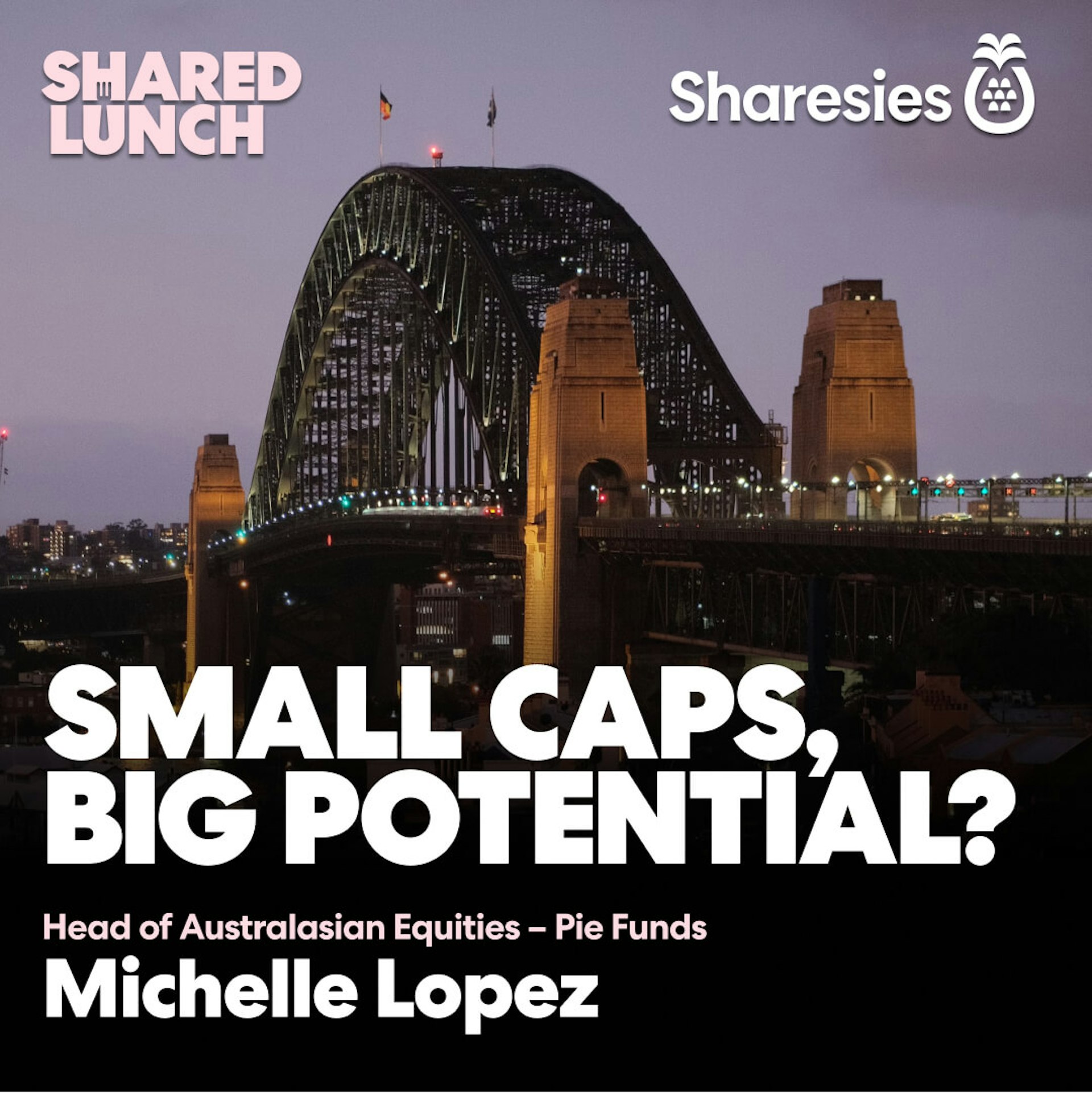How much risk is right for me?
In investing, risk is all about uncertainty—of both your potential returns and losses. Let’s look closer at risk, including how to work out your personal risk appetite, and how to manage risk.

What is risk?
In investing terms, risk can be thought of as the likelihood that you don’t get the returns you expect. This could mean making a lower return than you expected, no return at all, or even losing the money you invested.
Lower-risk investments
Lower-risk investments tend to generate more stable and dependable returns, with a lower likelihood of losing some or all of your initial investment.
Putting money in a savings account is an example of a lower-risk investment—you might earn a lower interest rate, but in exchange, you get more stability.
Higher-risk investments
With higher-risk investments, you increase the chance of achieving higher returns, but that also means accepting less certainty—you’re more at risk of not getting the returns you hoped for (including losing the money you started with).
The value of higher-risk investments, like shares in a company, can fluctuate a lot from day to day. This is called volatility. Generally, this makes higher-risk investments less suitable for short-term goals.
How to figure out your risk appetite
Your risk appetite refers to the level of risk you’re willing and able to take on. To work this out, you could think about:
Your investment goals: What are you investing for? What kind of return are you hoping to achieve to reach your goal?
Your investment horizon (how long you can leave your money invested for): The more time you have, the more risk you might feel comfortable taking on, as you have time to ride the ups and downs of the share market.
Your risk tolerance (how comfortable you are with risk): How much can you tolerate seeing your investments significantly increase and decrease in value?
Your financial situation: How much money do you have to invest? How much can you afford to lose without it causing you significant financial stress?
How to manage risk
Understanding how to manage risk can help you minimise potential losses and feel more confident about investing. Here are five strategies you can use to help manage risk.
Diversification
Like the saying: “don’t put all your eggs in one basket”, diversification refers to investing in a range of things so that your portfolio takes less of a hit if one of your investments loses value.
There are different ways to diversify your portfolio. For example, you could invest in:
a number of investments—like several companies instead of just one
different industries—to reduce the risk of an industry event impacting all of your investments
different geographies—to help protect your portfolio from the ups and downs of a specific regional economy
different types of investments—like investing in companies and exchange-traded funds (ETFs).
Asset allocation
While diversifying your portfolio can help you manage unsystematic risk (risks specific to a company or industry), your portfolio will still be vulnerable to systematic risk (market-wide events), like a recession.
Asset allocation looks to address systematic risk, as it involves broadening your portfolio to include more than one asset class. For example, if you invest some money in shares and keep some money in a savings account, the money you have saved is unlikely to lose value the same way shares might in a market downturn. Other asset classes include things like bonds, real estate, commodities (like gold and oil), and currencies (including cryptocurrencies).
Another aspect of asset allocation is thinking about how you divide your money between the asset classes you’ve invested in. You could allocate an equal amount to each investment, or tweak the allocation based on your risk appetite. Like investing more in your higher-risk investments if you’re looking to take on more risk, or the reverse if you’re looking to decrease risk.
Investing for the long term
We know that share markets tend to fluctuate over time, so investing for the long term gives you more time to navigate these ups and downs, and take advantage of compound returns.
For example, if you only have two years to invest and the market happens to enter a downturn, you may be forced to sell your investments at a loss. Whereas, if you had ten years until you needed the money, you’d have years left for the market to recover. And you could use dollar-cost averaging during the downturn to decrease the price you pay for shares during that time.
Doing your research
Doing some thorough due diligence before investing can help you get a clear idea of the risks you face with a particular investment.
Some questions to ask yourself while doing due diligence include:
What does the future look like for this investment?
What systematic and unsystematic risks does it face?
Does this investment align with my risk tolerance, investment horizon, and investment goals?
Regularly reviewing your portfolio
Even if you’ve done your due diligence and diversified your portfolio to the rafters—things change!
The performance of your investments, as well as your risk appetite, financial situation, and investment goals will likely change over time. So make sure you review your portfolio every now and then to make sure that what you're investing in, and how you're investing, makes sense for your personal situation.
As always, it’s your choice
Risk comes down to your goals, personal situation, and what you’re comfortable with. Taking on more risk can give you access to higher returns, but with larger odds of losing the money you started with—especially in the short term. Taking on less risk means you’re less likely to lose the money you’ve invested, but you’re also less likely to get higher returns down the track.
As a result, you might end up somewhere in the middle. Exactly how much risk you take, and how you manage it, is up to you. But just remember that it’s not an all-or-nothing deal. You can aim to ‘have it all’ by taking some risk, managing it by diversifying, and being in it for the long haul.
Ok, now for the legal bit
Investing involves risk. You might lose the money you start with. If you require financial advice, you should consider speaking with a qualified financial adviser, or seek independent legal, taxation, or other advice when considering whether an investment is appropriate for you. Past performance is not a guarantee of future performance. This content is brought to you by Sharesies Limited (NZ) in New Zealand and Sharesies Australia Limited (ABN 94 648 811 830; AFSL 529893) in Australia. It is not financial advice. Information provided is general only and current at the time it’s provided, and does not take into account your objectives, financial situation, and needs. We do not provide recommendations. You should always read the product disclosure documents available from the product issuer before making a financial decision. Our disclosure documents and terms and conditions—including a Target Market Determination and IDPS Guide for Sharesies Australian customers—can be found on our relevant NZ or Australian website.
Join over 860,000 customers



